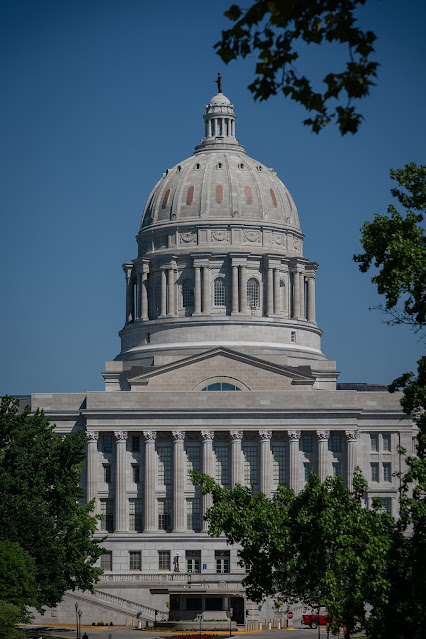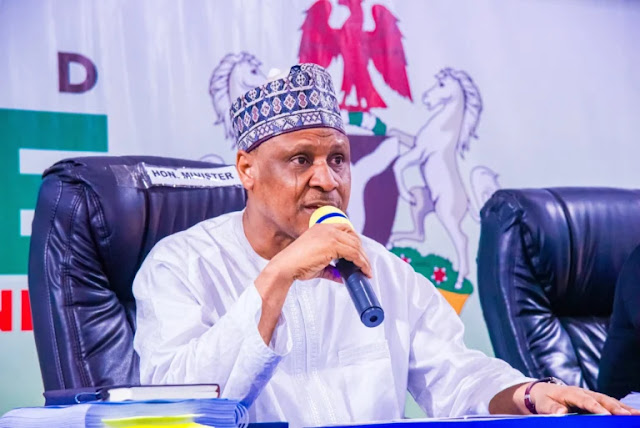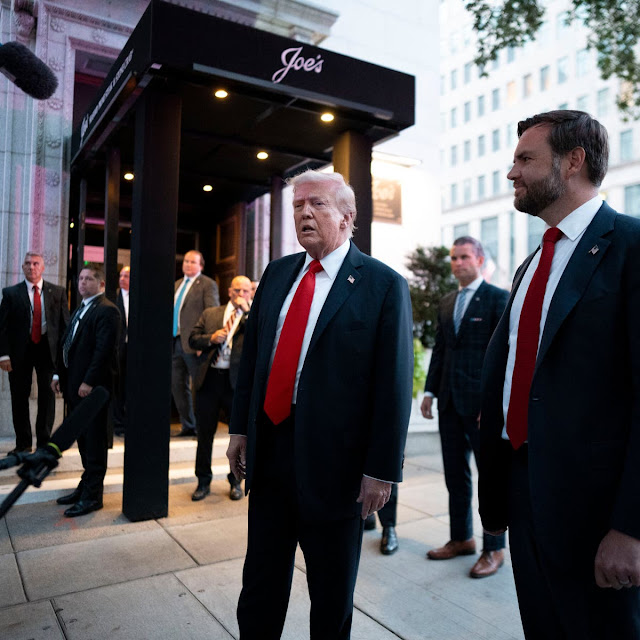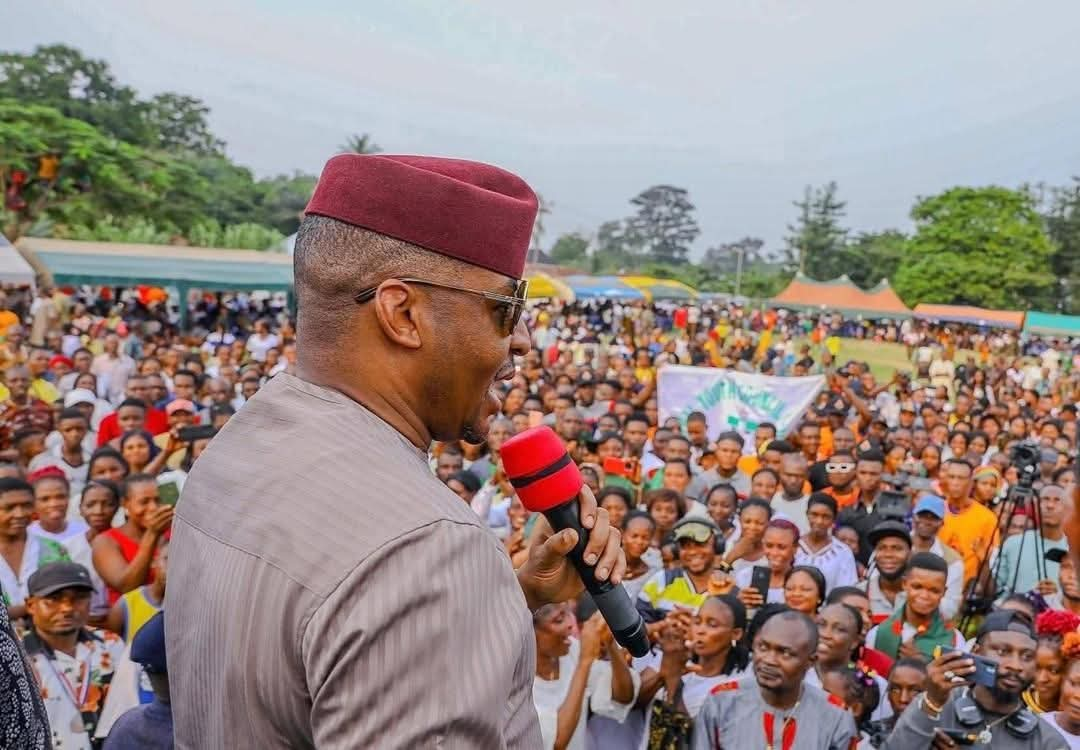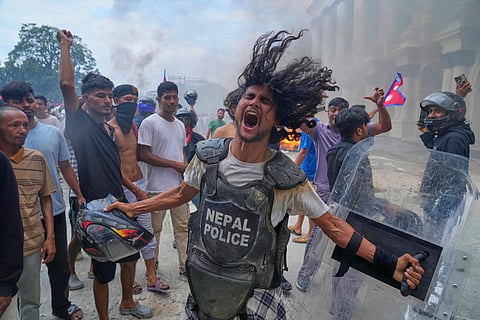On September 9, 2025, Missouri’s long-running saga over congressional redistricting reached a new chapter, with the state’s revised electoral map continuing to spark debate and division. The redistricting process, which redraws the boundaries of Missouri’s eight congressional districts every decade following the U.S. Census, has once again placed Kansas City, the state’s largest urban center, at the heart of a contentious political struggle. The new map, approved by state lawmakers after prolonged negotiations and legal challenges, splits Kansas City across multiple districts, a decision that critics argue dilutes the city’s political influence and raises questions about fairness and representation. This development reflects broader national trends in redistricting, where partisan interests often shape electoral outcomes, and it underscores Missouri’s evolving political landscape.
Background: The Redistricting Process in Missouri
Redistricting is a constitutionally mandated process that occurs every ten years to ensure that congressional and state legislative districts reflect population changes recorded by the U.S. Census. In Missouri, the process is overseen by the state legislature, which is responsible for drawing maps that comply with federal requirements, such as equal population distribution across districts and adherence to the Voting Rights Act of 1965. However, the process is inherently political, as the party in control of the legislature can shape district boundaries to favor its candidates, a practice known as gerrymandering.
Missouri’s redistricting process has historically been fraught with tension, as the state’s political makeup includes a mix of urban Democratic strongholds, rural Republican-dominated areas, and suburban swing regions. The 2020 Census, which reported Missouri’s population at approximately 6.15 million, necessitated adjustments to the state’s congressional districts to account for population shifts. Kansas City, with a population of about 510,000, and St. Louis, with roughly 300,000 residents, are the state’s largest urban centers and have traditionally leaned Democratic. Meanwhile, rural areas and smaller cities, which make up much of Missouri’s geographic expanse, tend to support Republicans, creating a complex dynamic for mapmakers.
The redistricting process for the 2022 midterm elections was particularly contentious, as Republicans, who control both chambers of the Missouri General Assembly and the governor’s office, sought to solidify their advantage in the state’s congressional delegation. Missouri currently sends six Republicans and two Democrats to the U.S. House of Representatives, a balance that reflects the state’s conservative lean but also the influence of its urban centers. The new map, finalized in 2025 after legal battles and revisions, has drawn renewed attention due to its impact on Kansas City and the broader implications for political representation.
The Division of Kansas City
At the heart of the controversy is the decision to split Kansas City across multiple congressional districts. Historically, Kansas City has been contained within a single district, Missouri’s 5th Congressional District, represented by Democratic Rep. Emanuel Cleaver since 2005. The new map, however, divides the city between the 5th and 6th districts, with portions of Kansas City’s urban core and surrounding neighborhoods now included in the 6th District, which encompasses rural and suburban areas to the north and east.
This division has significant political consequences. The 5th District, which includes much of Kansas City’s downtown and minority-heavy neighborhoods, has long been a Democratic stronghold. By contrast, the 6th District, represented by Republican Rep. Sam Graves, is predominantly rural and reliably Republican. Critics argue that splitting Kansas City dilutes the voting power of its residents, particularly African American and Latino communities, which tend to vote Democratic and have historically relied on the 5th District to amplify their voices in Congress.
The new map carves up Kansas City in a way that separates neighborhoods with shared economic, cultural, and social interests. For example, areas like the 18th and Vine District, a historic hub of African American culture, remain in the 5th District, while other parts of the city, including working-class neighborhoods and growing suburbs, have been shifted into the 6th. This reconfiguration has raised concerns about representation, as residents in the 6th District may find their urban interests overshadowed by the rural priorities of the district’s majority.
Political Motivations and Gerrymandering Allegations
The decision to split Kansas City has been widely viewed as a strategic move by Republican lawmakers to maintain and potentially expand their party’s advantage in Missouri’s congressional delegation. By incorporating parts of Kansas City into the 6th District, Republicans have effectively reduced the Democratic vote concentration in the 5th District, making it slightly more competitive while ensuring that the 6th remains a safe Republican seat. This practice, known as “cracking,” is a common gerrymandering tactic that fragments a cohesive voting bloc to weaken its electoral impact.
Democrats and voting rights advocates have decried the map as a blatant attempt to suppress the influence of Kansas City’s urban voters. “This is a textbook case of gerrymandering,” said Sarah Johnson, a spokesperson for the Missouri Voting Rights Coalition, in a statement to local media. “By splitting Kansas City, Republicans are trying to dilute the power of communities of color and urban voters who have consistently supported Democratic candidates.” Johnson and others argue that the map violates principles of fair representation by prioritizing partisan advantage over community cohesion.
Republicans, however, defend the map as a necessary compromise to balance population requirements and maintain competitive districts. State Sen. John Rizzo, a Republican who chaired the Senate redistricting committee, emphasized that the new map complies with federal guidelines and reflects Missouri’s diverse geography. “We’ve worked hard to create districts that are fair, balanced, and representative of the state’s population,” Rizzo said during a press conference in Jefferson City. “Kansas City is a growing city, and its residents will continue to have a strong voice in Congress.”
Legal Challenges and the Path to Approval
The road to approving Missouri’s new congressional map was anything but smooth. Following the 2020 Census, the Republican-controlled legislature faced internal divisions over how aggressively to pursue partisan advantage. A faction of conservative lawmakers pushed for a map that would virtually guarantee seven Republican seats, a so-called “7-1 map,” by further weakening Democratic strongholds in Kansas City and St. Louis. However, moderates within the party, along with Gov. Mike Parson, expressed concerns that such an aggressive approach could be struck down by courts for violating federal voting rights protections.
The initial map, passed in 2022, was challenged in court by a coalition of voting rights groups, who argued that it unfairly diluted minority voting power and violated the Voting Rights Act. A state court ruled in favor of the plaintiffs, ordering lawmakers to revise the map to better protect communities of interest, particularly in Kansas City. The 2025 map, which emerged from months of negotiations and public hearings, was intended to address these concerns but has failed to satisfy critics.
The revised map still faces potential legal challenges. The Missouri NAACP and other advocacy groups have signaled their intent to file lawsuits, arguing that the division of Kansas City disproportionately harms minority voters. Under the Voting Rights Act, districts must be drawn in a way that does not dilute the voting power of racial or ethnic minorities. Legal experts suggest that the case could hinge on whether plaintiffs can demonstrate that the new map intentionally discriminates against minority communities or has a disparate impact on their ability to elect representatives of their choice.
The Broader Context: Redistricting Nationwide
Missouri’s redistricting battle is part of a larger national struggle over how electoral maps are drawn and who benefits from them. Across the country, states have grappled with similar issues, as both Democrats and Republicans seek to maximize their influence in Congress. In states like Texas and Georgia, Republican-led legislatures have drawn maps that critics say entrench GOP dominance, while Democratic-controlled states like Illinois and New York have faced accusations of gerrymandering to favor their party.
The U.S. Supreme Court has played a significant role in shaping the legal landscape for redistricting. In recent years, the court has issued rulings that limit federal oversight of state redistricting plans, giving legislatures greater leeway to draw maps that favor one party. A 2019 decision, Rucho v. Common Cause, held that partisan gerrymandering claims are not justiciable in federal courts, meaning that challenges to maps like Missouri’s must rely on state courts or federal laws like the Voting Rights Act.
This lack of federal oversight has emboldened state legislatures to pursue aggressive redistricting strategies, knowing that legal challenges are less likely to succeed. However, it has also fueled calls for reform, with advocacy groups pushing for independent redistricting commissions to take the process out of the hands of politicians. States like California and Michigan have adopted such commissions, which aim to draw maps based on objective criteria like population equality and community cohesion rather than partisan considerations.
In Missouri, efforts to establish an independent redistricting commission have gained traction but have yet to succeed. A 2018 ballot initiative, known as Amendment 1 or “Clean Missouri,” sought to create a nonpartisan redistricting process, but it was partially overturned by the legislature in 2020. The failure to implement independent redistricting has left Missouri’s mapmaking in the hands of elected officials, perpetuating the cycle of partisan conflict.
The Impact on Kansas City’s Communities
For Kansas City residents, the new map has tangible consequences beyond the political sphere. The division of the city disrupts long-standing community ties, as neighborhoods that once shared a congressional representative are now split between districts with different priorities. For example, urban residents in the 6th District may find it harder to advocate for infrastructure investments or social services, as their representative is likely to focus on the needs of rural constituents.
The split also complicates voter engagement and turnout. Kansas City’s Democratic voters, who are now spread across two districts, may feel less motivated to participate in elections if they believe their votes will have less impact. This is particularly concerning for minority communities, which already face barriers to voting, such as restrictive voter ID laws and limited access to polling places.
Local leaders have expressed frustration with the new map. Kansas City Mayor Quinton Lucas, a Democrat, has called for greater transparency and fairness in the redistricting process. “Our city deserves to have its voice heard as a cohesive whole,” Lucas said in a statement. “Splitting Kansas City weakens our ability to address critical issues like economic development, public safety, and affordable housing.”
Community organizations are also mobilizing to educate residents about the new district boundaries and encourage civic participation. The Urban League of Greater Kansas City has launched a voter education campaign to inform residents about which district they now live in and how to contact their representatives. “We’re not going to let these lines on a map silence our communities,” said Gwendolyn Grant, president of the Urban League. “We’re going to keep fighting for fair representation.”
Looking Ahead: The 2026 Midterms and Beyond
The new congressional map will first be tested in the 2026 midterm elections, when all eight of Missouri’s U.S. House seats will be up for grabs. Political analysts predict that the map will likely preserve the current partisan balance, with Republicans holding six seats and Democrats retaining two. However, the competitiveness of the 5th District, which remains Democratic-leaning but less so than before, could make it a target for Republicans in a strong election year.
The division of Kansas City may also influence campaign strategies. Democratic candidates in the 5th District will need to appeal to a slightly altered electorate, while Republicans in the 6th District may face pressure to address urban issues to win over new constituents. Grassroots organizations on both sides are already gearing up for the fight, with plans to mobilize voters and challenge the map’s legitimacy in court.
Beyond the immediate electoral implications, Missouri’s redistricting saga raises broader questions about the state of American democracy. The ability of politicians to draw maps that favor their party undermines public trust in the electoral process and fuels perceptions of unfairness. As the nation grapples with issues like polarization and voter suppression, the fight over redistricting serves as a reminder of the high stakes involved in determining who gets a voice in government.
Conclusion
Missouri’s new congressional map, with its division of Kansas City, encapsulates the challenges and controversies of redistricting in a politically divided state. By splitting the state’s largest city, lawmakers have sparked a debate about fairness, representation, and the influence of partisan politics on the democratic process. While Republicans argue that the map reflects Missouri’s diverse geography, Democrats and voting rights advocates contend that it undermines the power of urban and minority voters.
As legal challenges loom and the 2026 midterms approach, the impact of the new map will become clearer. For now, Kansas City residents are left to navigate a fractured electoral landscape, where their ability to shape federal policy may depend on their willingness to organize, advocate, and vote. In a state where political power is increasingly contested, the fight over redistricting is far from over.


